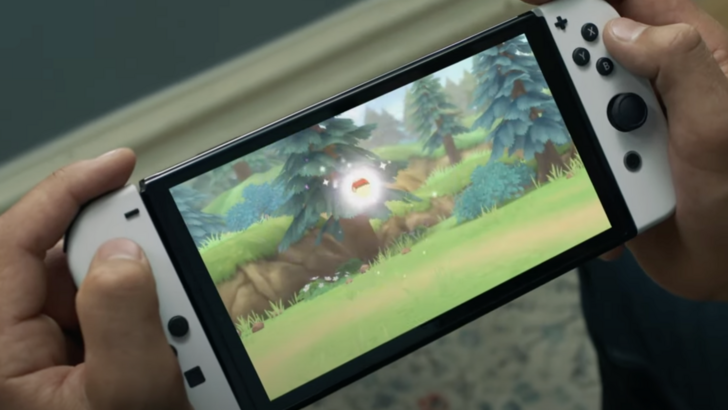Technical State of Monster Hunter Wilds on PC is Catastrophic

Capcom's latest release is a chart-topper, currently ranking 6th on Steam's most-played list. However, this success is overshadowed by widespread criticism of its technical performance on PC. Digital Foundry's in-depth analysis confirms these concerns, revealing a deeply flawed PC port.
Their findings highlight numerous issues. Shader pre-compilation, a crucial process, takes an agonizing 9 minutes on a high-end 9800X3D system, stretching to over 30 minutes on a Ryzen 3600. Texture quality is disappointingly low, even at the "High" setting. Testing on an RTX 4060 at 1440p with balanced DLSS revealed significant frame time spikes, compromising the gameplay experience. Even the more powerful RTX 4070 struggles, producing noticeably poor textures.
For GPUs with only 8GB of VRAM, Digital Foundry recommends reducing texture quality to "Medium" to alleviate stuttering and frame time spikes. Yet, even this compromise doesn't guarantee a satisfactory visual experience. Rapid camera movements still cause noticeable frame drops, though less severe with slower movements. Crucially, the frame time issues persist regardless of texture settings.
Digital Foundry's Alex Battaglia points to inefficient data streaming as the primary culprit. This places an excessive load on the GPU during decompression, severely impacting budget graphics cards and causing significant frame time spikes. He strongly advises against purchasing the game for systems with 8GB GPUs and expresses reservations even for more powerful cards like the RTX 4070.
Performance is particularly abysmal on Intel GPUs. The Arc 770, for example, manages only 15-20 frames per second, further plagued by missing textures and visual artifacts. While high-end systems can partially mitigate some issues, smooth gameplay remains elusive. Currently, finding optimal settings is nearly impossible without sacrificing significant visual fidelity.
-
1
![Roblox Forsaken Characters Tier List [UPDATED] (2025)](https://imgs.ksjha.com/uploads/18/17380116246797f3e8a8a39.jpg)
Roblox Forsaken Characters Tier List [UPDATED] (2025)
Mar 17,2025
-
2

Roblox UGC Limited Codes Unveiled for January 2025
Jan 06,2025
-
3
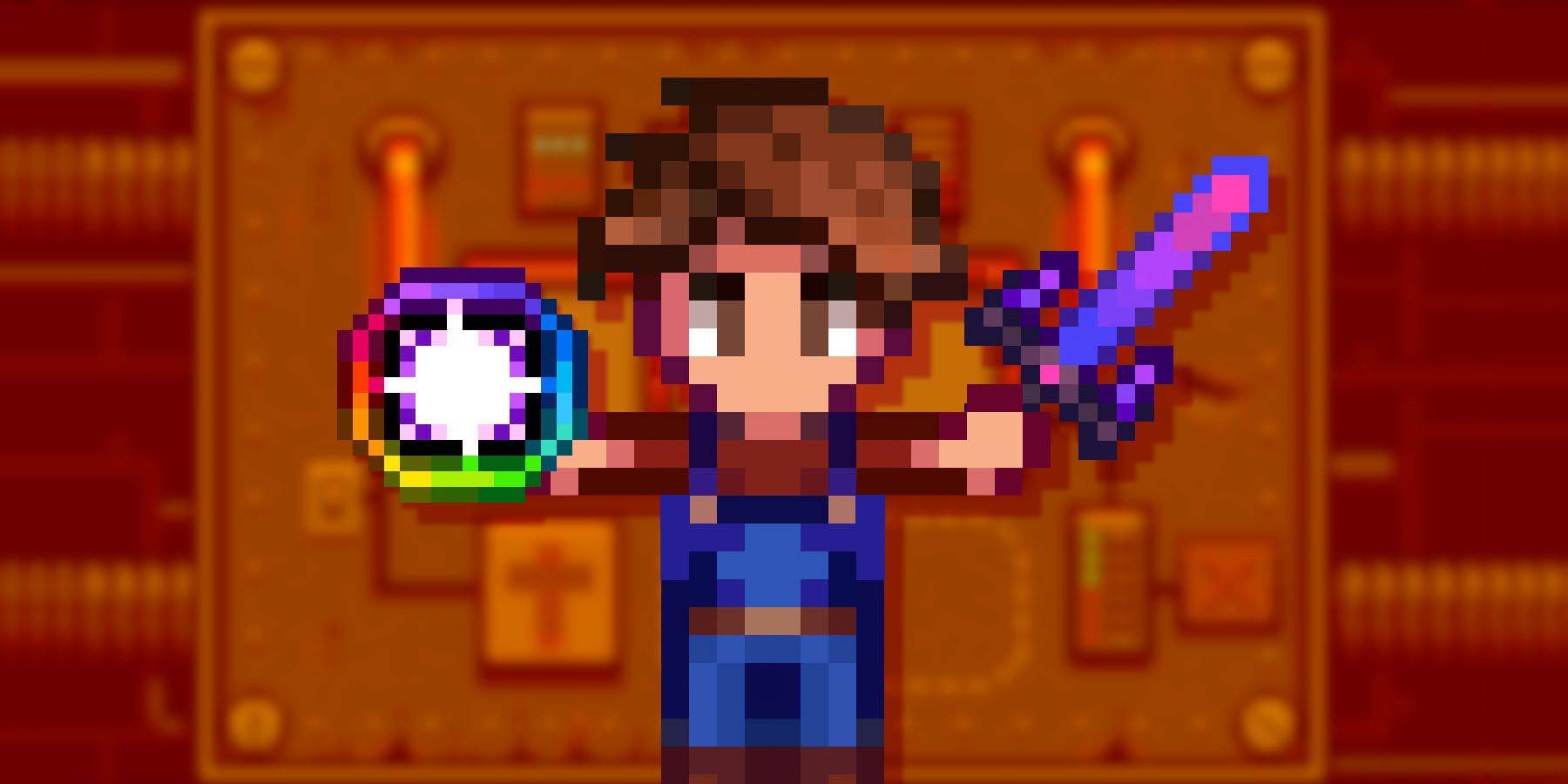
Stardew Valley: A Complete Guide To Enchantments & Weapon Forging
Jan 07,2025
-
4

Pokémon TCG Pocket: Troubleshooting Error 102 Resolved
Jan 08,2025
-
5

Free Fire Characters 2025: Ultimate Guide
Feb 20,2025
-
6
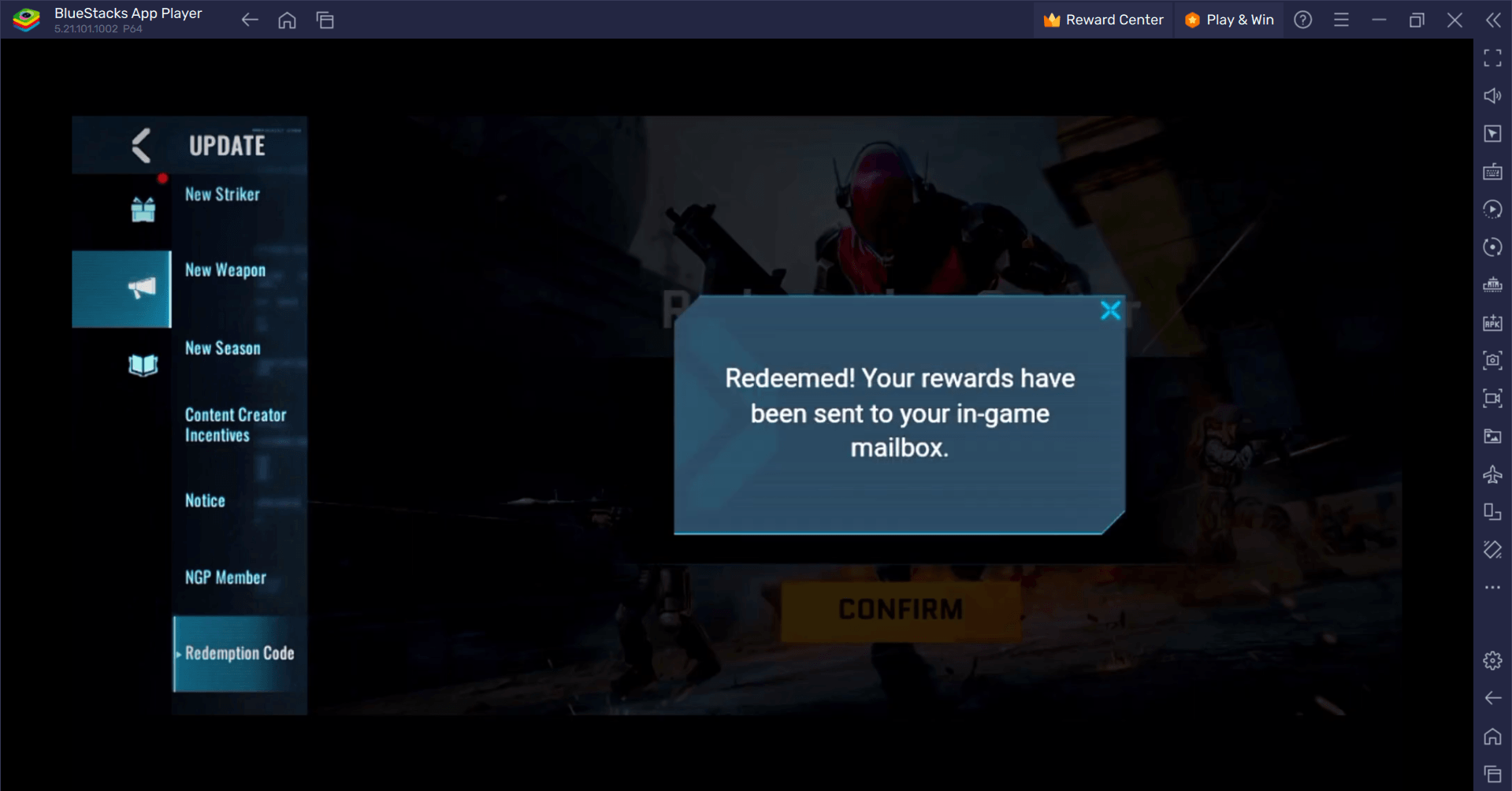
Blood Strike - All Working Redeem Codes January 2025
Jan 08,2025
-
7

Blue Archive Unveils Cyber New Year March Event
Dec 19,2024
-
8
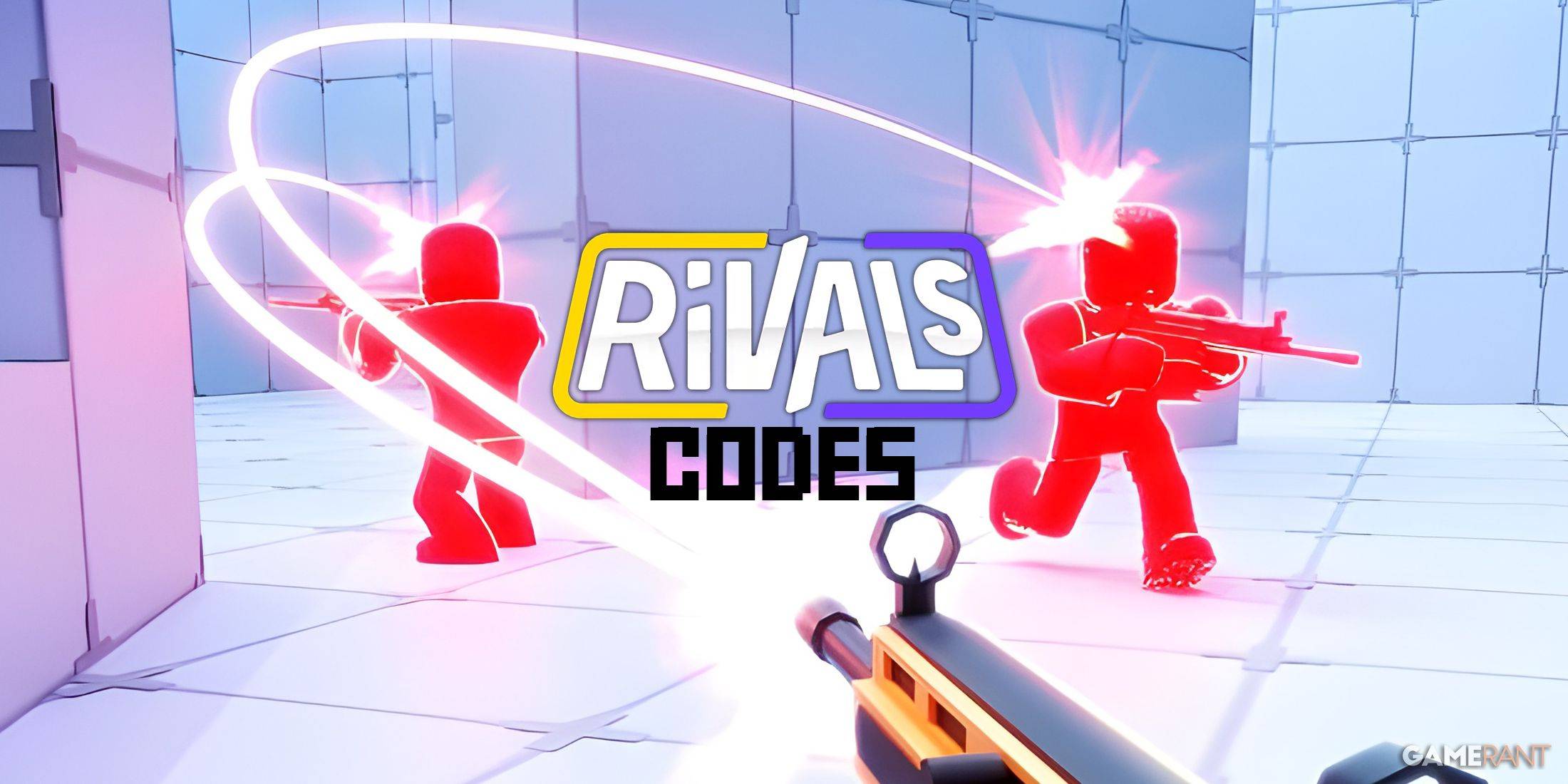
Roblox: RIVALS Codes (January 2025)
Jan 07,2025
-
9

Cyber Quest: Engage in Captivating Card Battles on Android
Dec 19,2024
-
10
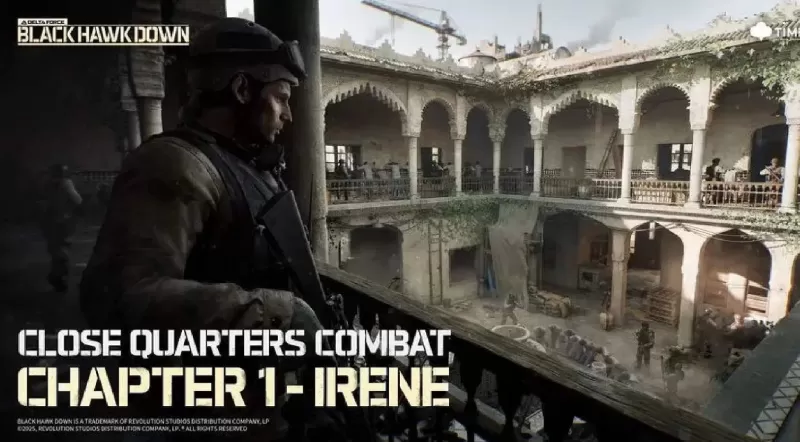
Delta Force: A Complete Guide to All Campaign Missions
Apr 09,2025
-
Download

A Simple Life with My Unobtrusive Sister
Casual / 392.30M
Update: Mar 27,2025
-
Download

Random fap scene
Casual / 20.10M
Update: Dec 26,2024
-
Download
![Corrupting the Universe [v3.0]](https://imgs.ksjha.com/uploads/66/1719514653667db61d741e9.jpg)
Corrupting the Universe [v3.0]
Casual / 486.00M
Update: Dec 17,2024
-
4
Ben 10 A day with Gwen
-
5
Oniga Town of the Dead
-
6
A Wife And Mother
-
7
Cute Reapers in my Room Android
-
8
Permit Deny
-
9
Utouto Suyasuya
-
10
Roblox

